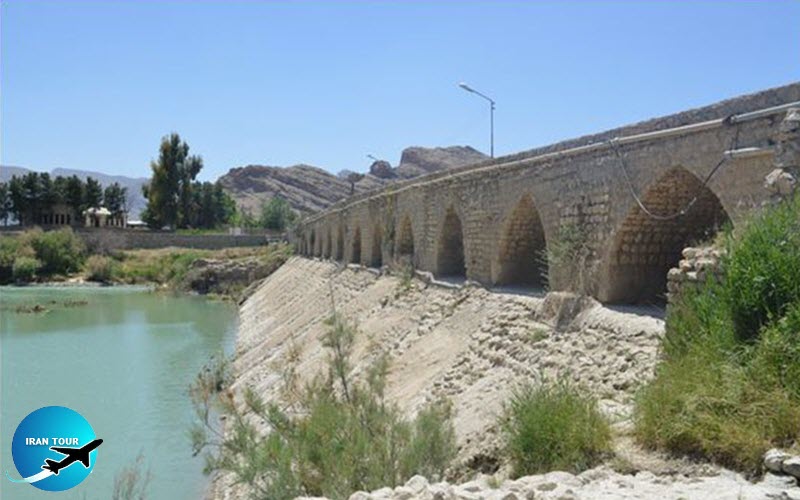Copyright 2020 - 2021 irantour.tours all right reserved
Designed by Behsazanhost
Apadana
The largest and most prominent of all Persepolis palaces, the Apadana was a place where the nobility, emissaries, and gift-bearers from all parts of the Achaemenid Empire were gathered in the presence of the mighty one who designated himself King of Kings. The structure was commenced at Darius's order in 515 B.C. and was brought to perfection during Xerxes's rule. Its construction probably took some thirty years, as evidenced by glazed bricks inscribed with the name of Xerxes and found during the excavations. The palace remained in use for almost two centuries.
- Details
- Category: Museums of Shiraz
Gate of All Lands (Nations)
The first palace of the complex is known as the Gate of All Lands. Built during Xerxes's reign, it served as a waiting room for the people expecting to be summoned before the king. The palace consisted of a square hall and three massive portals, overlooking its east, south, and west sides. The hall measured 612.5 sq. m and was about 17 m high, with its ceiling supported by four stone columns.
- Details
- Category: Museums of Shiraz
Persepolis
Located in the Marvdasht Plain 50 km northeast of Shiraz, Persepolis presents what may be the most awesome ruins of the ancient world. The site is best visited on a day trip from Shiraz, or overnight if the sightseeing program also includes the neighboring Pasargadae, Naqsh-e Rostam, and Naqsh-e Rajab. Lying at an altitude of 1,770 m above sea level, Persepolis is located on a promontory projecting into the plain from a rocky hill at the foot of the northwest corner of the Mountain of Mercy, evidently, a sacred site, called during the pre-Islamic period the Mountain of Mehr, or Mithra.
- Details
- Category: Museums of Shiraz
Naqsh e Rostam (Necropolis)
Opposite the Mountain of Mercy and the turn-off onto the road leading to Persepolis, the living quarters of Achaemenid kings, stands the Necropolis, the magnificent place of their burial. The mountain of Hossein Kuh provides a remarkable natural screen, with the tomb chambers of Achaemenid kings carved into the rock together with Elamite and Sasanid bas-reliefs.
- Details
- Category: Museums of Shiraz
Emir's Dam
Especially beautiful during the springtime, the Emir's Dam spans the Kor River at the southeastern extreme of the Marvdasht Plain. It was built around 970 at the order of Azod al-Dowleh, along with five other weirs between what is now the Khan Bridge and Lake Bakhtegan. A legend handed down from generation to generation in the family of the author's husband recalls their ancestor as the actual builder of this dam. This pious man, an architect by profession, is said to have had the ability to interpret dreams.
- Details
- Category: Museums of Shiraz




